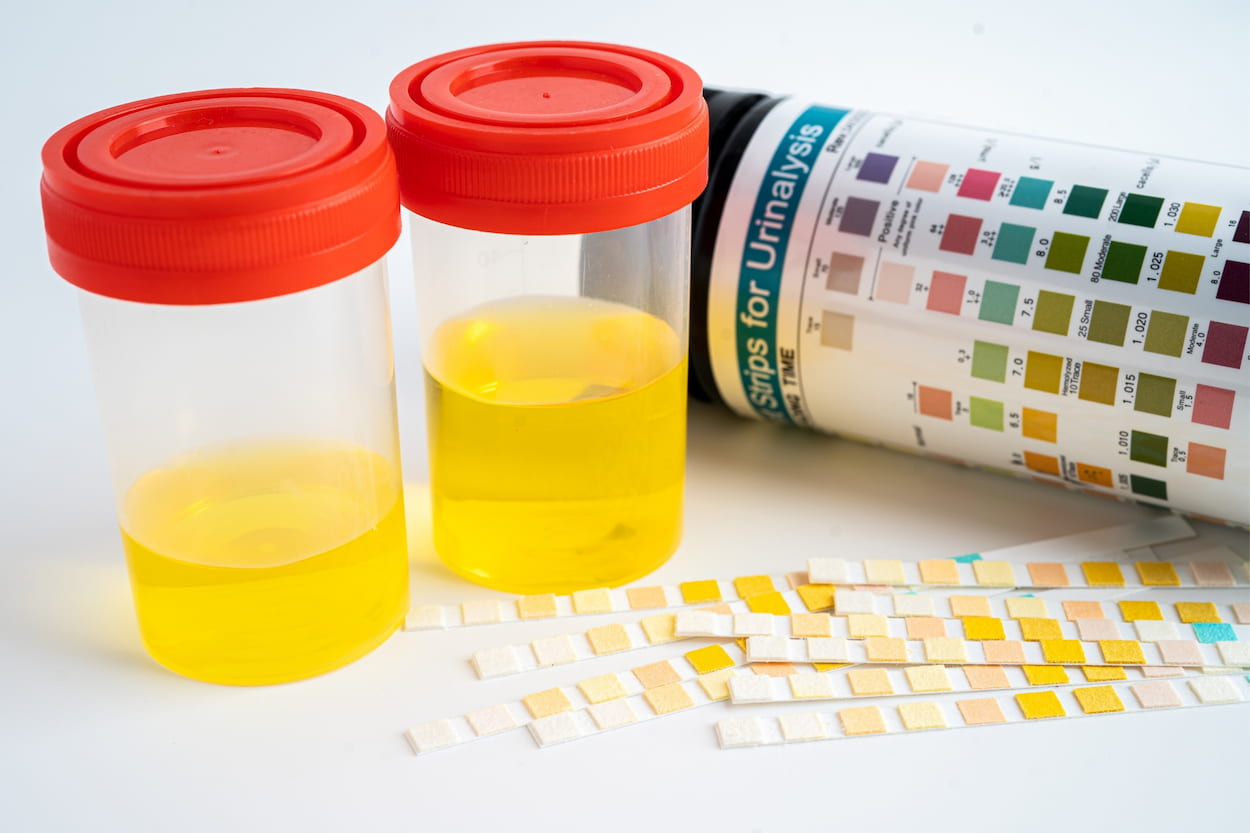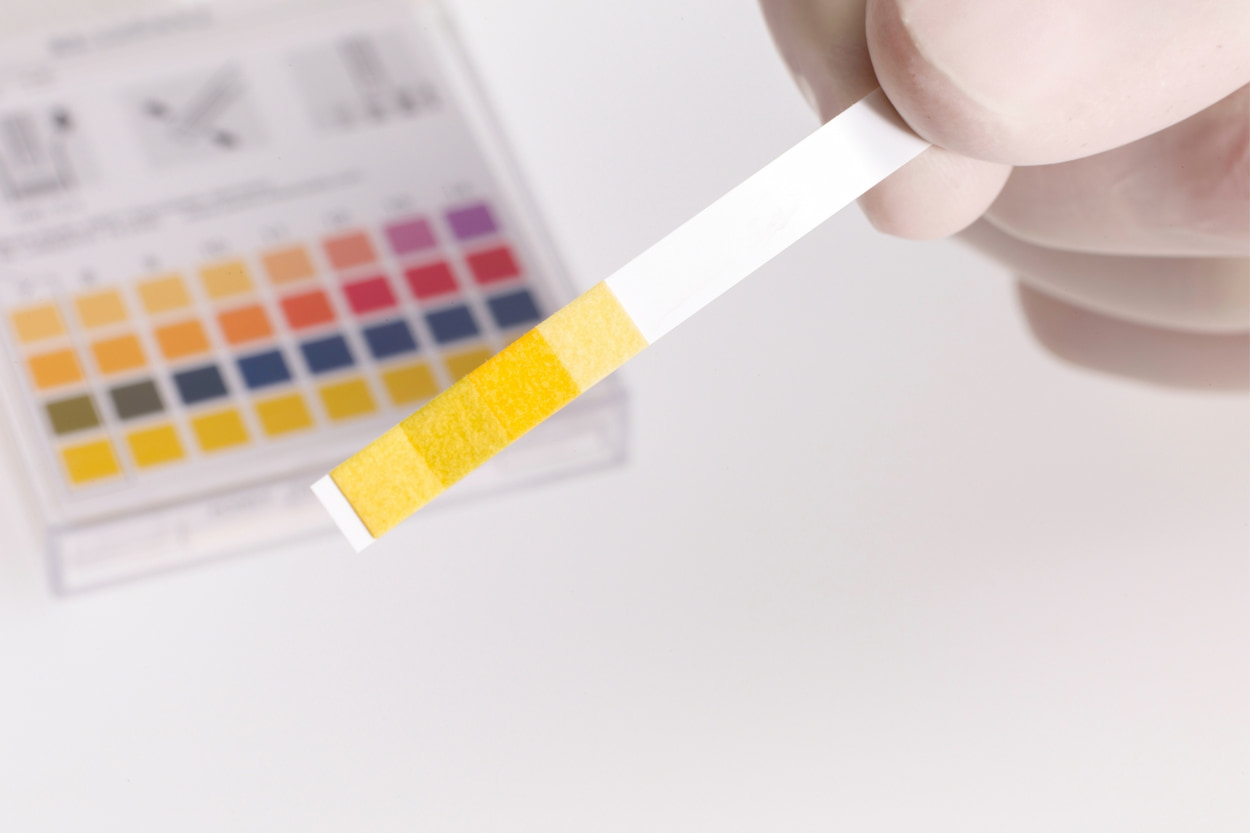
Urine Color Chart: What Do Different Urine Colors Mean?
Urine color can vary from pale yellow to dark amber, and it can be an indicator of your overall health. Urine color can tell you whether you are drinking enough water if you have an infection, or if you have a more serious medical condition.
In this article, we'll take a closer look at the urine color chart and what different urine colors can mean for your health.
Urine Color Chart: Understanding the Basics
Urine color is a common indicator of overall health, and understanding the basics of the urine color chart can provide valuable insights into your body's health. The color of urine is determined by the concentration and amount of different pigments present in it. By understanding the urine color chart, you can determine whether your urine color is healthy or if it indicates a potential health problem.
The urine color chart is a simple tool that can help you determine the meaning behind your urine color. The chart typically features six different colors, ranging from pale yellow to dark amber, with each color indicating a different level of hydration, medication, or diet. Understanding the basics of the urine color chart can help you take proactive steps to maintain your health.
Pale yellow urine is the most common and healthy urine color. It indicates that you are properly hydrated and that your kidneys are working well. Dark yellow urine can be a sign that you're not drinking enough water, while amber urine can indicate severe dehydration or liver disease. Red or pink urine may indicate blood in the urine, while blue or green urine can be a sign of a rare medical condition called hypercalcemia. Cloudy urine may be a sign of a urinary tract infection. By understanding the urine color chart and what each color means, you can identify potential health problems early and take action to prevent further health issues.

Pale Yellow Urine Color
Pale yellow urine is the most common and healthy urine color. It indicates that you are properly hydrated and that your kidneys are working well. When you're well-hydrated, your urine will be lighter in color.
If you're concerned about your urine color, it's important to remember that pale yellow urine is normal and healthy. You don't need to make any changes to your diet or lifestyle unless you notice a sudden change in your urine color.
Dark Yellow Urine Color
If your urine color is dark yellow, it could be a sign that you're not drinking enough water. Dehydration can cause urine to become more concentrated and darker in color. Dark yellow urine can also be a sign of a urinary tract infection or other medical conditions.
If you're experiencing dark yellow urine, it's important to increase your water intake. Drinking plenty of water can help to dilute the concentration of urine and reduce the intensity of its color. If your urine color does not improve after increasing your water intake, it's best to consult a medical professional.
Amber Urine Color
If your urine is amber or honey-colored, it could be a sign of severe dehydration. This is because when you're dehydrated, your urine becomes more concentrated and the pigment becomes more intense.
Amber urine can also be a sign of liver disease, so it's important to see a doctor if you experience this urine color frequently. Your doctor may recommend a urine test or blood test to determine the cause of your amber urine.
Red or Pink Urine Color
If your urine is red or pink, it could be a sign of blood in your urine. Blood in the urine can be caused by a urinary tract infection, kidney stones, or other medical conditions.
If you experience red or pink urine, it's important to see a doctor immediately. Your doctor may recommend a urine test or blood test to determine the cause of your urine color.
Blue or Green Urine Color
If your urine is blue or green, it could be a sign of a rare medical condition called hypercalcemia. This condition occurs when calcium levels in the blood are too high, which can cause urine to become blue or green.
If you experience blue or green urine, it's important to see a doctor immediately. Your doctor may recommend a urine test or blood test to determine the cause of your urine color.
Cloudy Urine Color
If your urine is cloudy, it could be a sign of a urinary tract infection. Cloudy urine can also be caused by certain medications, such as antibiotics or diuretics.
If you experience cloudy urine, it's important to see a doctor. Your doctor may recommend a urine test or blood test to determine the cause of your urine color.
Urine Color and Your Health
In conclusion, urine color can be a valuable indicator of your overall health. By understanding the urine color chart, you can identify potential health problems early and take action to prevent further health issues.
If you notice a sudden change in your urine color or experience any symptoms such as pain or discomfort, it's important to consult a medical professional. They can perform tests and diagnose the cause of the issue, allowing you to receive the necessary treatment.
Additionally, staying properly hydrated is crucial to maintaining healthy urine color. Drinking plenty of water throughout the day can help prevent dehydration, which can cause urine to become darker in color. It's also important to maintain a healthy diet and avoid certain foods and drinks that can affect urine color, such as alcohol and caffeine.
Healthy Türkiye Notes
Urine color may seem like a small detail, but it can provide important insights into your health. By understanding the urine color chart and what different colors mean, you can take proactive steps to maintain your health and prevent potential health issues.
Remember, if you notice any changes in your urine color or experience any symptoms, it's important to see a doctor. They can help to diagnose any underlying medical conditions and provide the necessary treatment.
In conclusion, paying attention to your urine color can be an important part of maintaining your overall health. Stay hydrated, maintain a healthy diet, and seek medical attention if necessary to ensure that your urine color stays within the healthy range.

.jpg)

